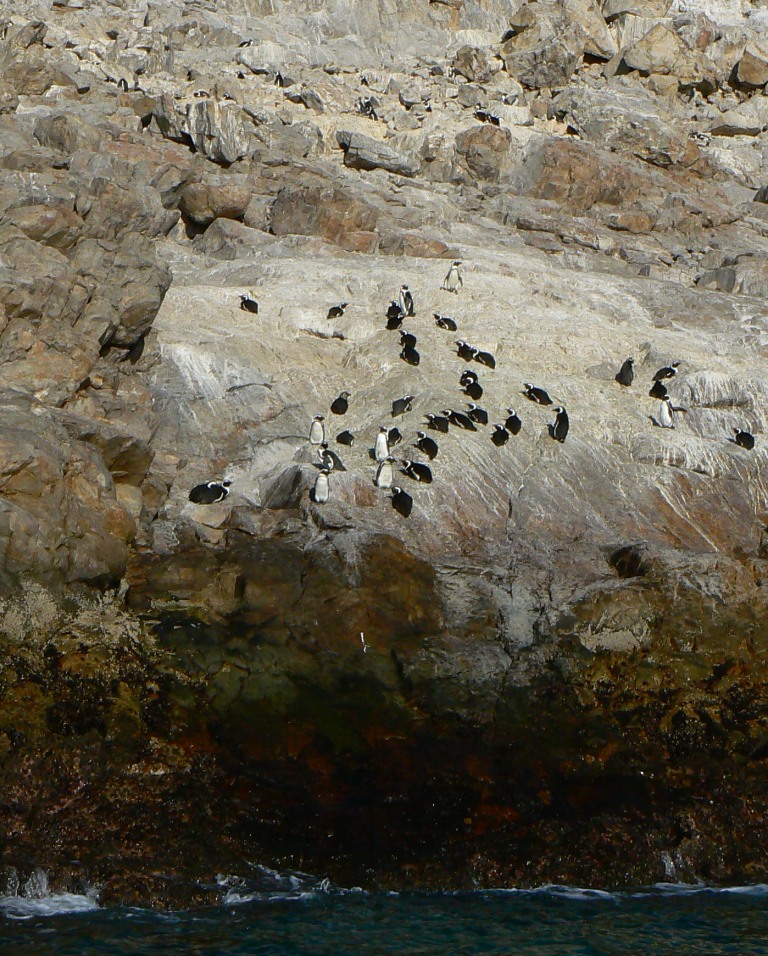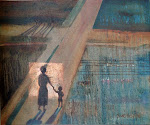We interrupt this journey to Cape Town ..... to bring you another short trip!

This is the blog where I share news, views and photos, with the occasional guided tour around places of interest or strolls down memory lane.
We interrupt this journey to Cape Town ..... to bring you another short trip!

Posted by
Suzi-k
at
8:13 am
7
comments
![]()
So much has been going on in the last few weeks that I really don't know if I can even remember it all. If I tried to go through it all in chronological order I'd have to write a book. So suffice to say that the last few weeks have been a whirlwind of exhibitions, painting, granson's birthday party, weekend in St Francis, Crime Forum , Gallery and Body Corporate committee meetings, sitting for a portrait (!!!!!!) and a trip to Capetown.
So I think I'll just start at the end, and fast forward to the trip. I adore long distance driving, and my absolute best is when I am on a long trip alone in the car, is to have my music going and me singing along full volume. (Trust me, with my voice this can ONLY ever happen when alone on the road!) Sadly, I soon discovered that this was one pleasure I would not enjoy on this trip, because I had a sore throat and the first song was mutilated worse than usual with excruciating croaks and squeaks, followed by a coughing fit. Oh well, never mind, just settle down and enjoy the scenery.
What could be cooler than relaxing behind the wheel, travelling along in no particular rush, and enjoying scenery which is world famous for its beauty? The coastal belt between Cape Town and Port Elizabeth is known as the garden route, because of the wonderful variety of indigenous vegetation along the way. It is mostly bounded by the sea on one side and mountains on the other.





Between Swellendam and Grabbouw the land is a tapestry of farmlands, including the most wonderful fields of Canola, grown for its oil. It flowers profusely in a rich lemon yellow.

Posted by
Suzi-k
at
7:11 pm
0
comments
![]()
hi, apart from ongoing hassles with blogger, resulting in hours of wasted time with no post uploading, I will also be away for the next week, so please bear with me ... hopefully when i get back I will have completed the move across to wordpress, and will have some nice new pix of the Garden Route and Capetown for you. And I will be able to resume visits and catch up with all of you then. Have a LEKKER week! (Afrikaans meaning nice... but so much stronger than nice, kind of ...lovely -nice -good -enjoyable rolled into one descriptive word!)
Posted by
Suzi-k
at
7:01 am
6
comments
![]()
After leaving St Croix Island, we headed for the third of the little rocky outcrops in this part of Algoa Bay, Jahleel, Island.
We were accompanied by a huge Antarctic Skua, a mean tempered scavenger, who flew low over our boat and then deposited a very nasty looking dropping in the sea, we were most grateful for his good timing!
It is not particularly interesting so we bypassed it and headed for the breakwater of the new deepwater harbour at Coega. I have written in some detail about these concrete structures, called dolosse in a previous post. They are enormous, about 25 tons each, and although they look as if they were randomly scattered, each one was precisely postioned using GPS. In front of the breakwater a seal was sleeping, wallowing around in the water with his flippers sticking up. He looked dead until he shook his head, and paid no attention to the boat at all.
We continued along, hugging the coast to avoid the increasing wind and swell, when, near St George's Strand, BINGO!! There in front of us, very close to the beach, we came across a pair of Southern Right whales. We acompanied them for 20 minutes as they gently wallowed along, apparently unfased by our presence. It was so wonderful and humbling being so close to these awesome and peaceloving creatures.
Reluctantly leaving the whales behind, and very aware of what a privilege it was to be in their company for a while, we moved on down the coast, heading past the mouth of the Swartkops River, just as some canoes paddled out to sea.
We passed one of the important beacons that keeps shipping safe, the Deal Light on the Eastern outskirts of town.
And then, as we entered the harbour and passed the harbour Master's tower, it was full throttle back to our berth, and the end of a really memorable and special experience. Thanks Llloyd, it was wonderful!
Posted by
Suzi-k
at
9:44 pm
5
comments
![]()

Posted by
Suzi-k
at
7:04 pm
6
comments
![]()




